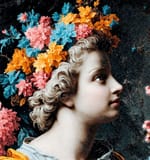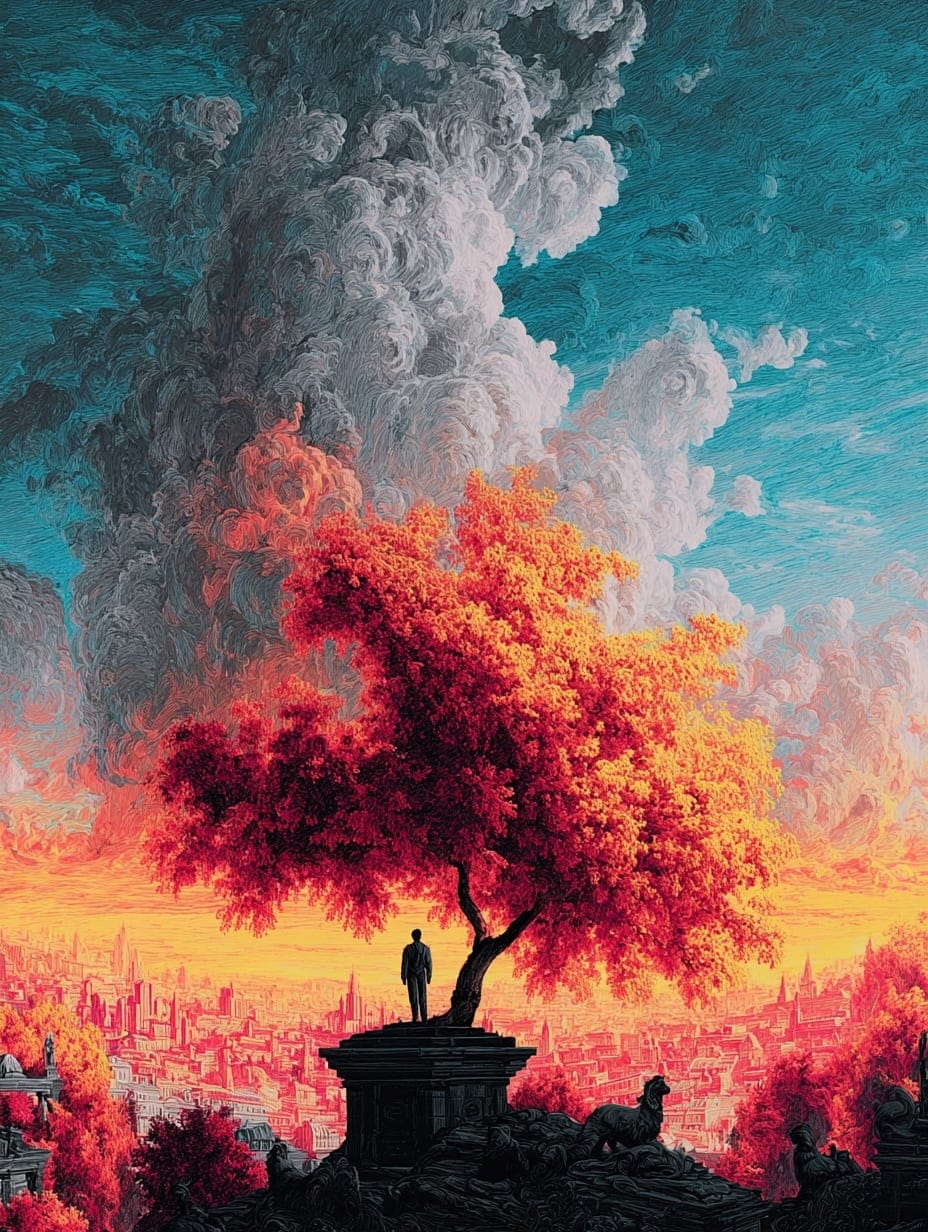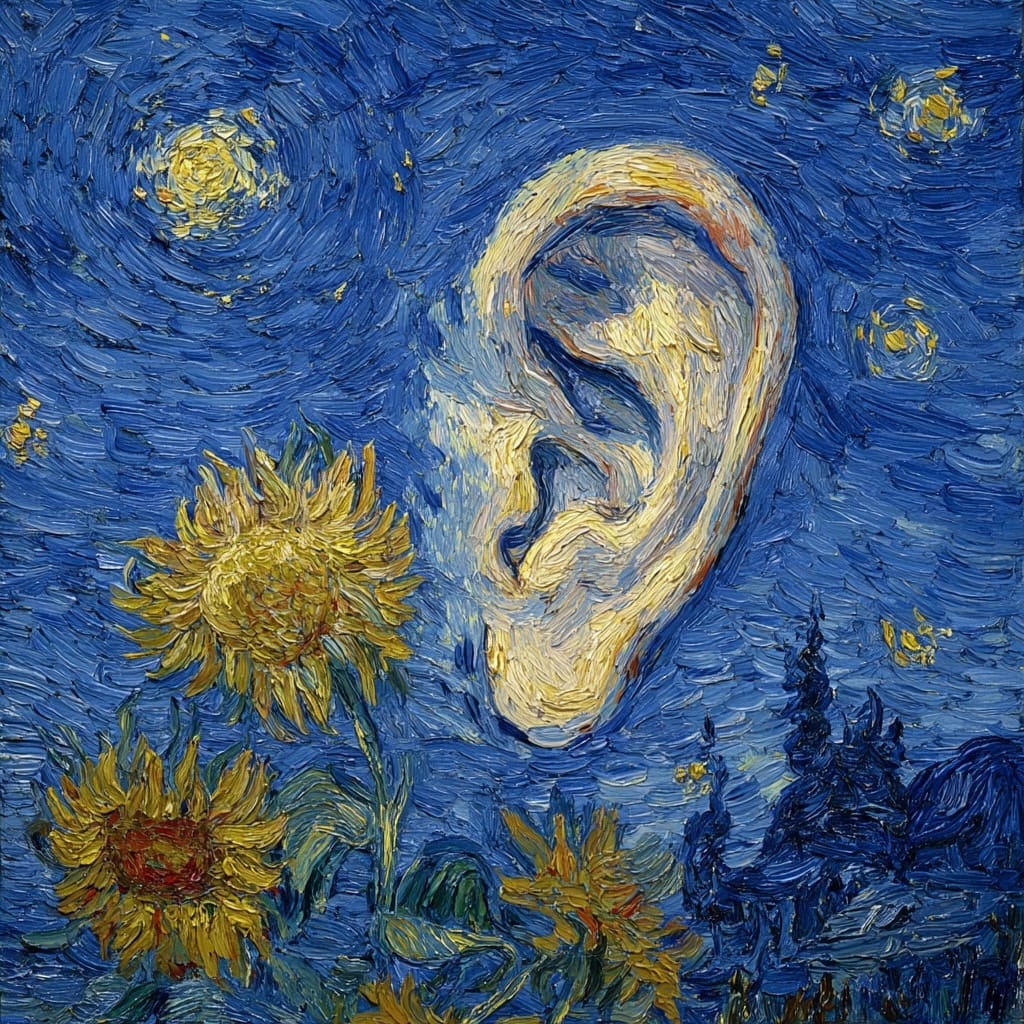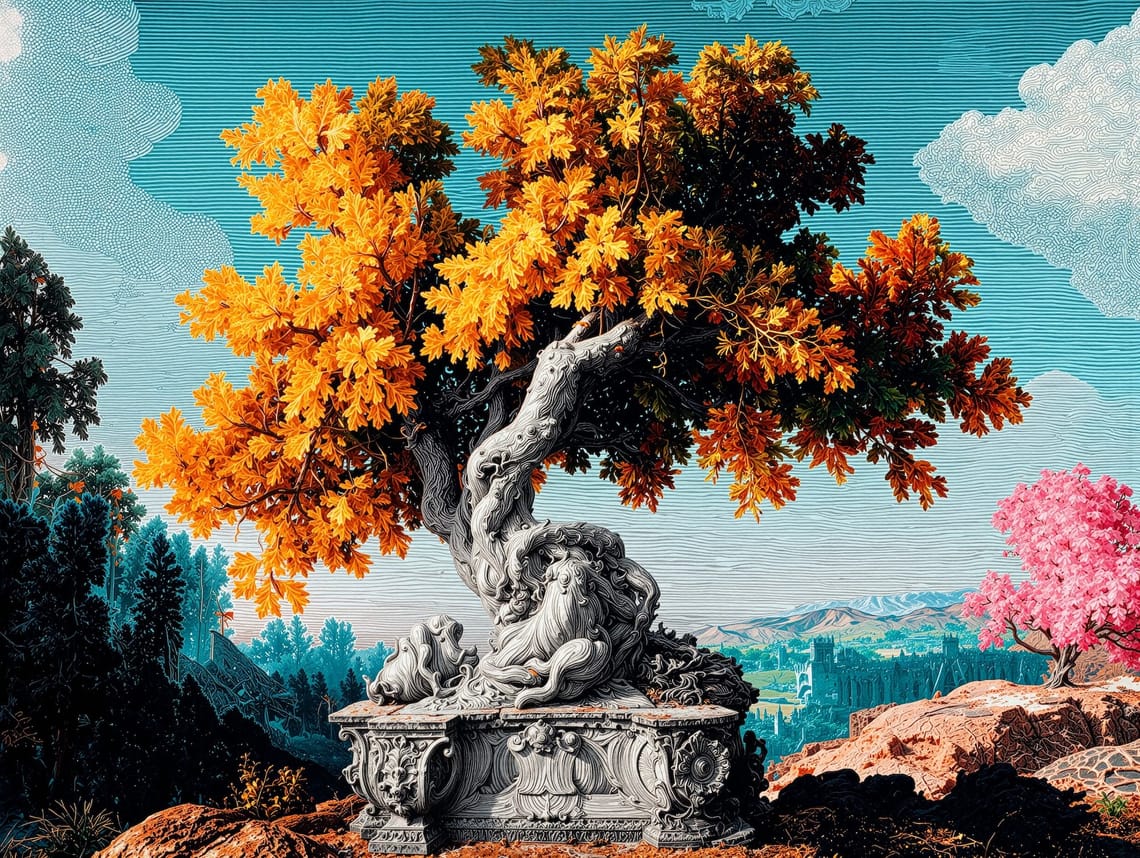Brushstrokes beyond borders: unearthing art's hidden whispers
Unearthing silenced voices, tracing art's hidden journeys, and reimagining cultural narratives through forgotten masterpieces and perspectives.
Art has always been more than just visual representation—it's a powerful narrative of human experience, cultural exchange, and societal transformation. Yet, for decades, our understanding of art history has been shaped by a narrow, often Eurocentric perspective that marginalized countless artists and movements.
Rediscovering Forgotten Artists: Beyond the Canonical Narrative
The traditional art history canon has long privileged a select group of predominantly white, male artists, effectively erasing the contributions of women, artists of color, and creators from non-Western cultures. Recent scholarship has been challenging these limitations, bringing remarkable artists out of obscurity.
Take, for example, Edmonia Lewis, a Black and Native American sculptor who worked in the 19th century. Despite facing significant racial and gender barriers, she created stunning neoclassical sculptures that challenged contemporary artistic conventions. Her work, once overlooked, is now recognized as a crucial contribution to American art history.
Similarly, Latin American modernist painters like Remedios Varo and Leonora Carrington have recently gained significant recognition. Their surrealist works, which were previously marginalized, are now celebrated for their innovative techniques and profound psychological depth.
Decolonizing Art History: Reframing Narratives and Perspectives
The process of decolonizing art history isn't just about adding more names to textbooks—it's a fundamental reimagining of how we understand artistic creation and cultural exchange. It means acknowledging how colonial perspectives have systematically devalued and misrepresented non-Western art forms.
Indigenous art, for instance, was long categorized as "primitive" or "craft" rather than recognized as sophisticated artistic expression. Contemporary scholars are now highlighting the complex aesthetic and cultural significances of these traditions, revealing intricate storytelling techniques and profound philosophical insights embedded in indigenous artistic practices.
Museums worldwide are also reassessing their collections, investigating the provenance of artworks and confronting the complex histories of acquisition. Many artifacts acquired during colonial periods are now being critically examined, with some institutions beginning to engage in meaningful dialogue about repatriation and cultural respect.
Modern art movements have increasingly become spaces of resistance and reclamation. Artists like Yinka Shonibare, Kara Walker, and Ai Weiwei use their work to directly challenge colonial narratives, creating powerful visual commentaries on historical injustices and contemporary global dynamics.
Provenance research has become a critical tool in understanding art's complex historical trajectories. By tracing an artwork's journey—its creation, ownership, and transmission—researchers uncover fascinating stories of cultural exchange, economic systems, and human connections.
The digital age has dramatically transformed how we engage with art history. Online archives, virtual exhibitions, and global research collaborations are making previously inaccessible collections and narratives visible. Scholars can now connect across continents, sharing insights and challenging established narratives more effectively than ever before.
This reimagining of art history isn't about replacing one dominant narrative with another. Instead, it's about creating a more inclusive, nuanced understanding that recognizes the complexity of artistic creation and cultural expression.
By expanding our perspectives, we're not just correcting historical oversights—we're developing a richer, more authentic appreciation of human creativity. Every artwork tells a story, and these stories are interconnected in ways we're only beginning to understand.
The future of art history lies in curiosity, empathy, and a willingness to listen to voices that have been historically silenced. It's about recognizing that art is a universal language that transcends boundaries, offering profound insights into our shared human experience.
As we continue to uncover and celebrate these hidden narratives, we're not just learning about art—we're learning about ourselves, our cultures, and the intricate ways human creativity manifests across time and space.
Subscribe to my newsletter to get the latest updates and news










Member discussion